Radiation and Ecology
Belhydromet carries out activities in the field of atmospheric air monitoring, surface water monitoring, radiation monitoring, participates in land monitoring (chemical soil contamination on the territory of settlements and on background territories) within the framework of the functions assigned to it.
Observations of the state of atmospheric air, surface water, radiation situation are carried out on the corresponding networks of observation points.
Surface water monitoring is carried out at 297 observation points (at 86 watercourses, 53 lakes and 21 reservoirs).
Observations on hydrochemical indicators are carried out by the Republican Center for Analytical Control in the Field of Environmental Protection, on hydrobiological indicators by the Republican Center for Hydrometeorology, Control of Radioactive Contamination and Environmental Monitoring.
Observations on hydrobiological indicators are carried out in the main communities of freshwater ecosystems: phytoplankton, zooplankton and chlorophyll-a in water bodies, phytoperiphyton and macrozoobenthos in watercourses.
In the monitoring system of atmospheric air, observations are made of the content of pollutants in the air, precipitation and snow cover. Monitoring of atmospheric air is conducted in 19 industrial cities of the republic, including regional centers. Regular surveys cover the territories where 87% of the population of large and medium-sized cities of the country live.
In all cities, concentrations of the main pollutants (particulate matter (undifferentiated dust / aerosol, carbon oxide, nitrogen dioxide), as well as priority specific pollutants (formaldehyde, ammonia, phenol, hydrogen sulphide, carbon disulfide) are determined in all cities.
In monthly samples of atmospheric precipitation, their acidity, components of the basic salt composition and the content of heavy metals are determined.
An important area for monitoring atmospheric air is the monitoring of transboundary transport of air pollutants that are carried out at the western border of the republic (Vysokoe, Brest region), northern (Braslav, Vitebsk region) and eastern (Mstislavl, Mogilev region).
Observation objects during radiation monitoring in the Republic of Belarus are:
atmospheric air (41 points of observations on the measurement of dose rate of gamma radiation, 24 points of observation of radioactive fallout from the atmosphere, 7 points of observation of radioactive aerosols of the surface layer of the atmosphere),
soil (10 landscape-geochemical polygons and 39 reference sites),
surface waters and bottom sediments (6 points of observations on rivers).
Observations are carried out for the dose rate of gamma radiation, the content of cesium-137, strontium-90, total α- and β-activity, the presence of iodine-131.
Three information and analytical centers (monitoring of atmospheric air, surface water and radiation monitoring) function in the Belgidromet since the creation of the National Environmental Monitoring System, which collect, store, process, analyze information obtained from the results of these types of monitoring , and the presentation of environmental information.
Since January 1, 2017, the function of the main information and analytical monitoring center of the National Environmental Monitoring System is entrusted to Belhydromet.
The main goal of the GIAC is to ensure the information needs of state bodies, state organizations, other legal entities and citizens with environmental information received within the framework of the National System for Monitoring the Environment in the Republic of Belarus.
Specialized sites
Informational resources
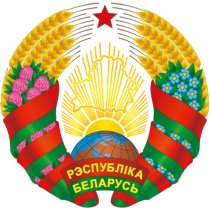 State Symbols of the Republic of Belarus
State Symbols of the Republic of Belarus
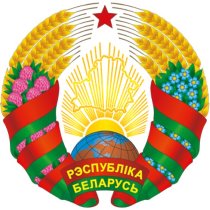 The National Legal Internet Portal of the Republic of Belarus
The National Legal Internet Portal of the Republic of Belarus
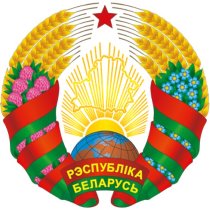 The Ministry of Natural Resources and Environmental Protection of the Republic of Belarus
The Ministry of Natural Resources and Environmental Protection of the Republic of Belarus
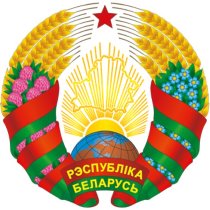 The Official Internet Portal of the President of the Republic of Belarus
The Official Internet Portal of the President of the Republic of Belarus
 The Portal for Rating Assessment of the Quality of Services Provided by Organizations in the Republic of Belarus
The Portal for Rating Assessment of the Quality of Services Provided by Organizations in the Republic of Belarus
 The CIS Interstate Council for Hydrometeorology (CIS ICH)
The CIS Interstate Council for Hydrometeorology (CIS ICH)
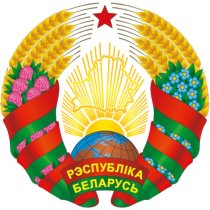 Information Analysis Portal of the Union State
Information Analysis Portal of the Union State
 The Union State Committee on Hydrometeorology and Environmental Contamination Monitoring
The Union State Committee on Hydrometeorology and Environmental Contamination Monitoring
 The Internet Portal "The Youth of Belarus"
The Internet Portal "The Youth of Belarus"







